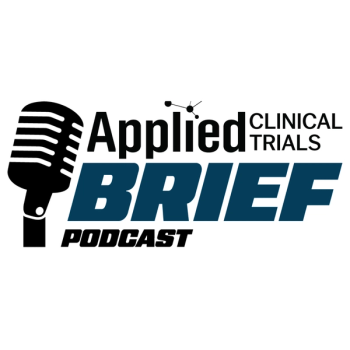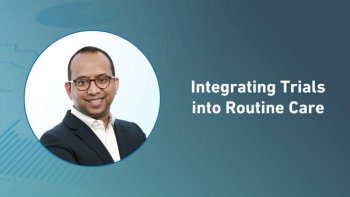
The Role of Social Determinants of Health in Cancer Clinical Trial Availability
A cohort study used county-level data on social determinants of health to examine their association with oncology study access.
Patient enrollment has been a persistent challenge in clinical trials over the years across almost all therapeutic areas. However, it is particularly concerning in cancer clinical trials when considering their growth in quantity over the past decade. Disparities in enrollment are an even greater challenge across minoritized and historically marginalized populations, which creates even more barriers to equitable cancer care.1
A cohort study recently published on JAMA Network Open sought to address these challenges by evaluating social determinants of health (SDOH) and their impact on cancer clinical trial availability.
“Adverse SDOH (eg, economic stability, education, community infrastructure) and reduced geographic availability of trials likely interact to worsen this disparity, warranting improved understanding of this dynamic to guide expansion of trial opportunities,” the study authors wrote. “For these reasons, we evaluated the association between county-level SDOH and cancer clinical trial availability in the United States.”
The study authors used data linkage from ClinicalTrials.gov, Surveillance, Epidemiology, and End Results (SEER; 2020 data), and the Centers for Disease Control and Prevention Social Vulnerability Index (SVI; 2018 data) as a county-level measure of SDOH. They performed cross-sectional and longitudinal analyses of county-level trial availability and SDOH, which included Phase II and Phase III interventional trials from 2007 to 2022 for the most common cancers (prostate, breast, lung, colorectal, bladder, uterine, kidney, and melanoma).
For trial availability, the primary outcomes of interest included the presence of any trial within a county (dichotomous variable) and the total number of trials within a county (population-adjusted for 100, 000 residents ≥50 years of age; count variable), both of which were calculated over the study period.
The results included data from 3,142 US counties, 144 (4.6%) of which had a Commission on Cancer (CoC) hospital. A multivariable analysis of 2,908 counties with available SEER cancer incidence data showed that the most socially vulnerable counties were less likely to have any trial (49.6% vs 70.0%; odds ratio, 0.33 [95% CI, 0.25-0.43]; P < .001) and had fewer population-adjusted trials (223.4 vs 579.2; incidence rate ratio, 0.39 [95% CI, 0.28-0.53]; P < .001) compared with the least socially vulnerable counties.
“Substantial geographic disparities in cancer clinical trials availability exist throughout the United States, with the most socially vulnerable counties being far less likely to have any trial and having only a fraction of trials available, a disparity that has worsened over time,” the authors wrote of the results.
Some of the limitations of the study were not accounting for patient-level factors, patient travel beyond their county of residence, or the decision to enroll in a trial. Despite these limitations, the authors stated the study still demonstrates a need to identify vulnerable communities for expansion of trial opportunities.
“This study contributes new perspectives to the role of SDOH in disparities in clinical trial participation by exploring community-level measures of SDOH via SVI, providing a national-level analysis, and demonstrating trends over the past 15 years,” the authors concluded.
Reference
1. Sekar RR, Herrel LA, Stensland KD. Social Determinants of Health and the Availability of Cancer Clinical Trials in the United States. JAMA Netw Open. 2024;7(5):e2410162. doi:
Newsletter
Stay current in clinical research with Applied Clinical Trials, providing expert insights, regulatory updates, and practical strategies for successful clinical trial design and execution.





.png)



.png)



.png)
.png)
